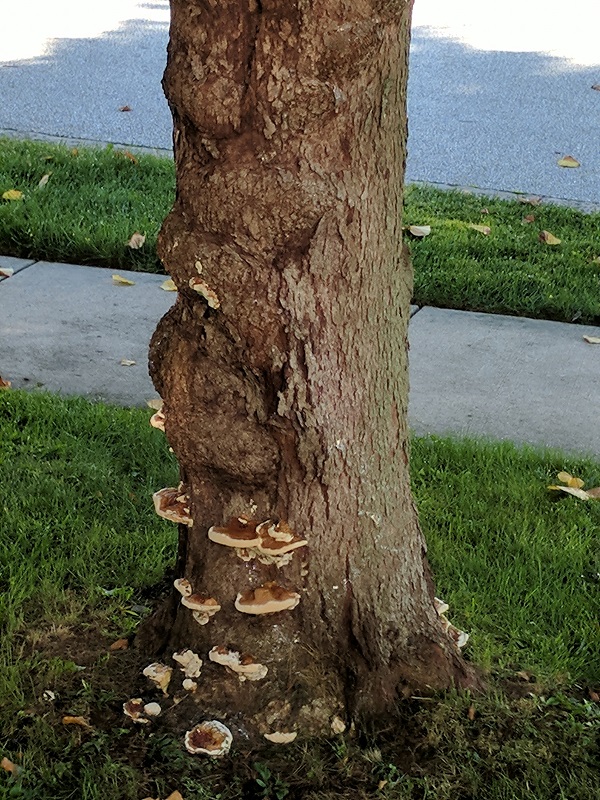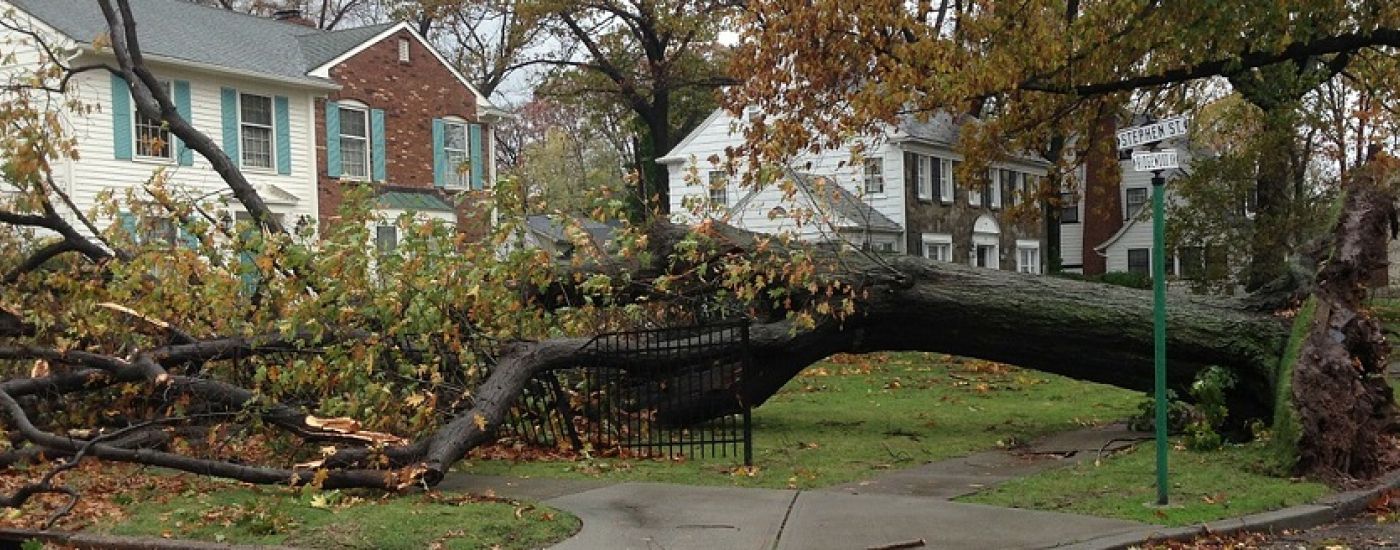Stein Gives Tips on How Tree Inspection Can Identify Dangerous Trees

Trees are everywhere, lining streets, around parks and in our own yards. They provide many benefits, but sometimes, they pose a danger to the safety of structures or passersby. How can you tell if a tree is dangerous? Stein offers some tips on how tree inspection can determine if homeowners have any cause for concern.
Three Areas of a Tree to Examine
The tree is comprised of several parts that should all be examined carefully for signs of decay or disease. These include:
Canopy
The canopy of a tree includes all of the branches and leaves extending from a tree. Some of the canopy can be seen from the ground, but for tall trees, you may need to have a professional to be sure no hidden issues are taking place in the top of the tree. As part of checking out the canopy, start from a distance away so you can see the entire tree. Gaps in the canopy, or areas of discoloration will be more obvious this way.
Trunk
The trunk is the entire body of the tree. Missing or cracking bark could mean trouble, but some trees’ rough bark naturally looks like cracks are present. Regular inspection will help you know what to expect from your trees’ appearance so you will recognize if something is off. Wounds, splits or cavities in a tree could be problematic, but if they are not deep and if most of the tree trunk is healthy, your tree could still be just fine. If you suspect problems, or if the tree could damage a structure in the event it falls, have a certified arborist perform a thorough tree inspection. Safe is better than sorry!
Roots
The roots of the tree are its foundation. If the roots are damaged or have been infested by insects or disease, the tree is in danger. Damaged roots may be unable to convey the needed nutrients to the rest of the tree, and this results in reduced vitality. In addition to this factor, damage to the roots by insects can weaken them, causing less stability for the tree. In heavy wind or storms, such trees could be uprooted more easily.
You can only inspect roots that are above the ground, but if you see problems on top, more could exist below. Signs to look for when inspecting the tree roots are physical damage, such as cuts, from lawn mowers or construction equipment; decayed areas; visible insect activity, holes, or tree “sawdust” nearby; or fungal presence.
Factors That Could Indicate a Tree is at Risk of Falling
Regular tree inspection by tree care professionals is recommended because they can spot issues that a homeowner might miss. However, careful observation by a homeowner can be helpful. We have mentioned before that dead or damaged trees can present a liability, both in personal safety and financially if others receive bodily or structural harm as a result of a tree falling on your property. Use these tips to help you determine if any issues may need to be addressed.
Dead Branches
Dead branches in the tree, or found on the ground around a tree, should encourage caution. The problem could be as simple as damage to the branch caused it to die and fall off. Multiple branches on the ground, or branches with dead leaves when the rest of the tree is blooming, could mean that a more serious problem exists.
Hollows or Cavities in Trees
Knots, hollows and cavities are pretty common on trees. They usually occur when the tree was injured in some way, or could form after an infection has taken place. In many cases, these are harmless and add to the interest of the tree trunk. However, if they are low on the trunk, they could seriously impact the stability of the tree. If they are very large, or a big percentage of the trunk is missing in an area, the tree could be in danger of breaking under a bit of duress. Large cavities should be professionally inspected. Arborists have tools that can definitively tell if a tree is healthy enough inside to remain viable.
V-Shaped Splits in Tree Trunk
Tree trunks often fork off into new sections, where two main substantial sections of trunk branch from the base of the tree. A U-shaped split is more stable and probably poses no serious risk, but a V-shaped split is more likely to break under pressure such as a storm. A tree such as this may be made more stable with a process involving cabling or bracing, and a tree care professional can advise whether the process is recommended for a specific tree.
Fungal Growth
Mushrooms or other fungal growth on a tree trunk indicates decay. Such decay may be treatable if caught early, but if you see signs, you should have a professional perform inspection on the tree to determine if the decay is extensive enough to cause potential for making the tree fall.
Canopy Thinning
Thinning of the canopy, either as a whole or just on one side of the tree, could represent a serious problem. The issue could be that the tree is missing out on nutrients needed to remain strong, or that insects, such as the emerald ash borer, have infested the tree. Either issue could result in tree death and could necessitate tree removal for safety. An arborist can tell you if the tree is in serious trouble or is able to be safely treated. If the issue is emerald ash borer, you will need a company, like Stein, that is certified to treat for the invasive insect.
Call Stein Tree for Tree Inspection in Pennsylvania and Delaware
Stein Tree Service is the oldest independent tree care company in the state of Delaware, we strive for excellence in our services. We are passionate about tree care, and about the safety of our neighbors. Contact us today for a consultation or to schedule tree inspection on your property.
CALL US
610.723.8072
Serving DE, PA and MD
REQUEST A FREE, NO OBLIGATION CONSULTATION
FEATURED PROGRAMS
Stein Tree Earns Permit to Work in Spotted Lanternfly Quarantine Areas
Stein has a permit to work in spotted lanternfly quarantine areas in Pennsylvania and Delaware. Tree Service Companies have to be trained in proper moving and disposal of materials to avoid spread of the spotted lanternfly and Stein has completed the training courses. Learn more.
Emerald Ash Borer Inspection
In the spring, destructive emerald ash bore![]() r (EAB) adult beetles begin to emerge. These invasive pests can destroy your ash trees. Our specialists are certified to treat for EAB in Pennsylvania and Delaware. For a free consultation, contact us today.
r (EAB) adult beetles begin to emerge. These invasive pests can destroy your ash trees. Our specialists are certified to treat for EAB in Pennsylvania and Delaware. For a free consultation, contact us today.

